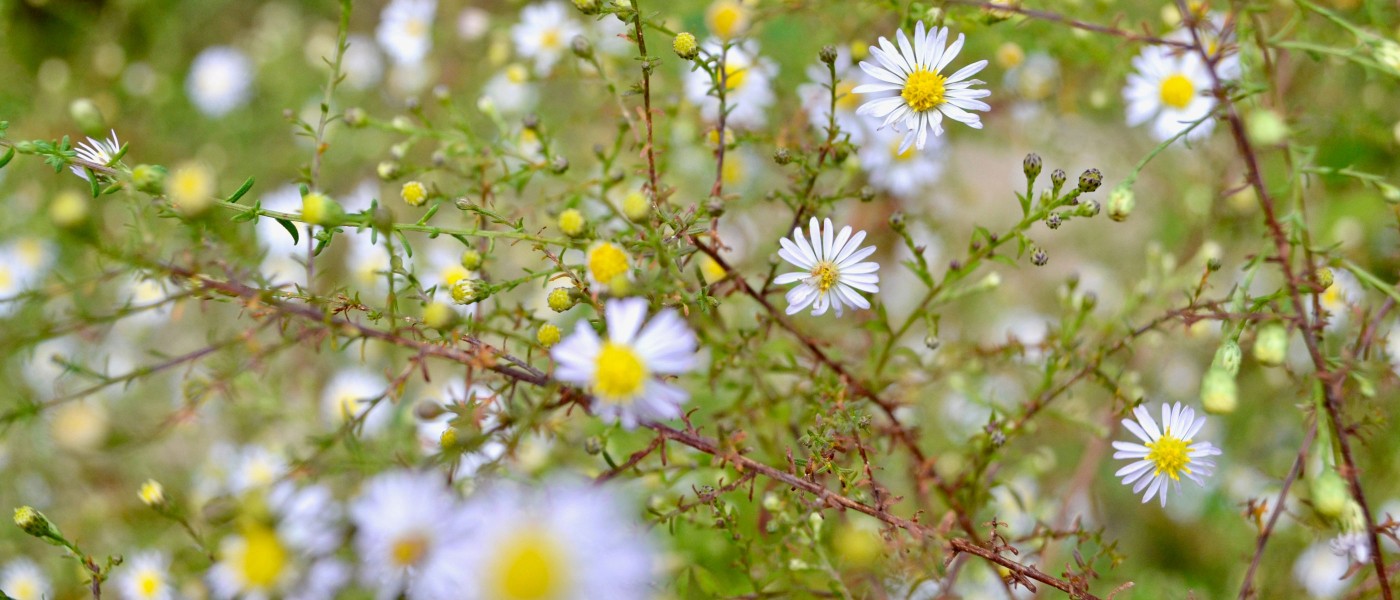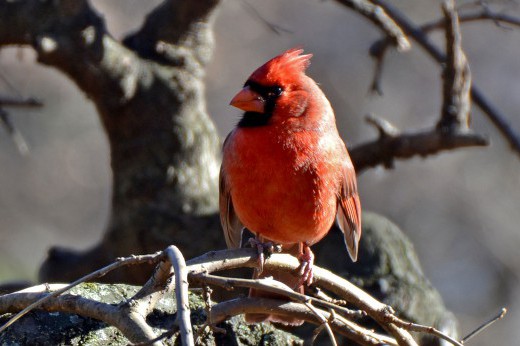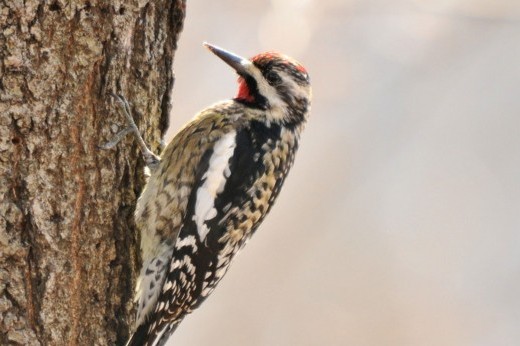Topics
Special Series
-
The South Garden Transformed: Q&A with Landscape Architect A. Paul Seck
Landscape architect A. Paul Seck discusses his design inspirations and hopes for the South Garden Project.
By Alison Weeks -
Red-Tailed Hawk Thriving at BBG After Rescue
After being rescued from an air shaft in Park Slope, the female hawk has been spotted back at the Garden with her mate.
By Sarah Schmidt -
Japanese Flowering Apricot
This early-blooming ornamental tree is ideal for small gardens or as an accent in larger landscapes.
By T. Meghan Ray -
Q&A with Onika Abraham
Onika Abraham talks with BBG about the importance of community and cultural heritage to the sustainable urban gardening and farming movement.
By Sarah Schmidt -
The Best Crabapple Trees for Your Garden
Experts recommend these ten Malus cultivars for their beautiful blooms, lovely fruit, and disease-resistance. Among the showiest of spring bloomers, crabapples are also wonderful foliage plants in summer and fall, and they provide beautiful fruit displays late in the season.
By Erik A. Draper, James A. Chatfield, and Kenneth D. Cochran -
Gardening with Rainwater
Gardeners can play a key role in conserving freshwater by harvesting rainwater. Almost half of all water used during summer is goes to outdoor use, but you can you reduce demand on our water supplies by collecting rain and using it in your garden.
By Robin Simmen -
Birds of Brooklyn: Northern Cardinal
It won't be long before these familiar red birds start piping up at BBG. The cardinal is one of the only birds species in which both the male and female sing.
By Joe Giunta -
Preserve Your Cut Flowers with This Simple Recipe
Your Valentine's Day bouquet will last a little longer if you use a preservative. Try this easy-to-make recipe.
By BBG Staff -
What’s Happening to These Leaves?
These rhododendrons aren't wilting. Their curled leaves are a response to the cold. Charles Darwin first wrote about such movements in plants in 1880, but this response is a still not well-understood.
By Ashley Gamell -
Birds of Brooklyn: Yellow-Bellied Sapsucker
This comically named bird provides food and shelter for other animals. Watch for it here now and through April, when it migrates north.
By Joe Giunta











